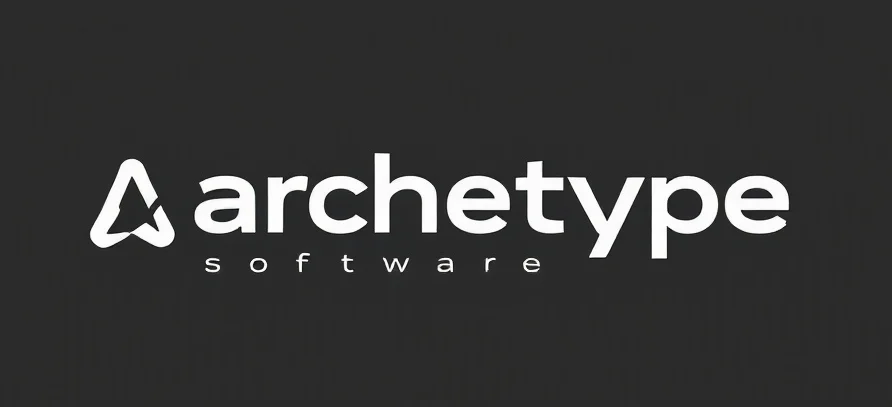Rethinking Inventory Management: The AI Approach
Inventory management may not be the most glamorous part of ecommerce, but it’s undeniably a cornerstone. As we dive into the intricacies of managing stock, it becomes clear that the inventory management system project is more than just a technical endeavor—it’s a transformative step. Like upgrading from a bicycle to a self-driving car. Sure, both will get you from A to B, but the latter offers a smoother ride, more efficiency, and fewer manual interventions.
Why AI is the Intern You Didn’t Know You Needed
Imagine AI as your trusty intern. It works tirelessly, crunching numbers, predicting trends, and offering insights. The human brain is remarkable, but when it comes to managing thousands of SKUs, ensuring stock levels are optimized, and anticipating demand spikes, even the most adept of us might feel like we’re drowning in data.
AI steps in where human capacity starts to falter. It analyzes historical data, identifies patterns, and even predicts future demand. This isn’t about AI doing the job for you, but enhancing your decision-making processes. It’s like having an intern who can both fetch coffee and write draft reports—sometimes simultaneously.
The Transformation is in the Details
With AI-driven inventory systems, the transformation lies in the details. Consider real-time analytics. Instead of waiting for end-of-day reports, AI provides instant insights. It’s akin to having a live stream of your inventory status, helping you make decisions on the fly. The granularity of data AI offers can help pinpoint inefficiencies and opportunities that were previously invisible.
Then there’s the matter of automation. Automated reordering processes mean you can say goodbye to stockouts and overstock situations. AI learns from past data, predicts future needs, and ensures your inventory levels are just right. Think of it as Goldilocks discovering what’s “just right” without having to try all the porridges first.
A Human-Centered Approach to AI
Despite the tech-heavy nature of AI, at its core, it remains a tool—one that requires human oversight. An intern, no matter how capable, still needs a mentor. For AI to be effective in inventory management, it needs to be integrated into human workflows. This is not about replacing jobs but enhancing them.
AI can handle repetitive and data-intensive tasks, freeing up human workers for more strategic roles. The aim is to create a symbiotic relationship where AI and humans play to their strengths. Humans bring creativity and context; AI brings speed and precision. Together, they create a powerhouse of efficiency and innovation.
Actionable Steps for Embracing AI in Inventory Management
So, how do you embrace this AI-driven transformation in your inventory management practices? First, evaluate your current systems and identify areas where AI could provide the most significant impact. Is it in demand forecasting, stock level optimization, or supplier management?
Next, start small. Implement AI solutions incrementally, allowing your team to adapt and learn. Think of it as introducing your intern to one task at a time, ensuring they master it before moving on.
Finally, invest in training. Equip your team with the skills to work alongside AI. Remember, an intern is only as good as the mentorship they receive. By training your team, you ensure that they can leverage AI to its fullest potential, turning data into actionable insights that drive business success.
Checkout ProductScope AI’s Studio (and get 200 free studio credits)

